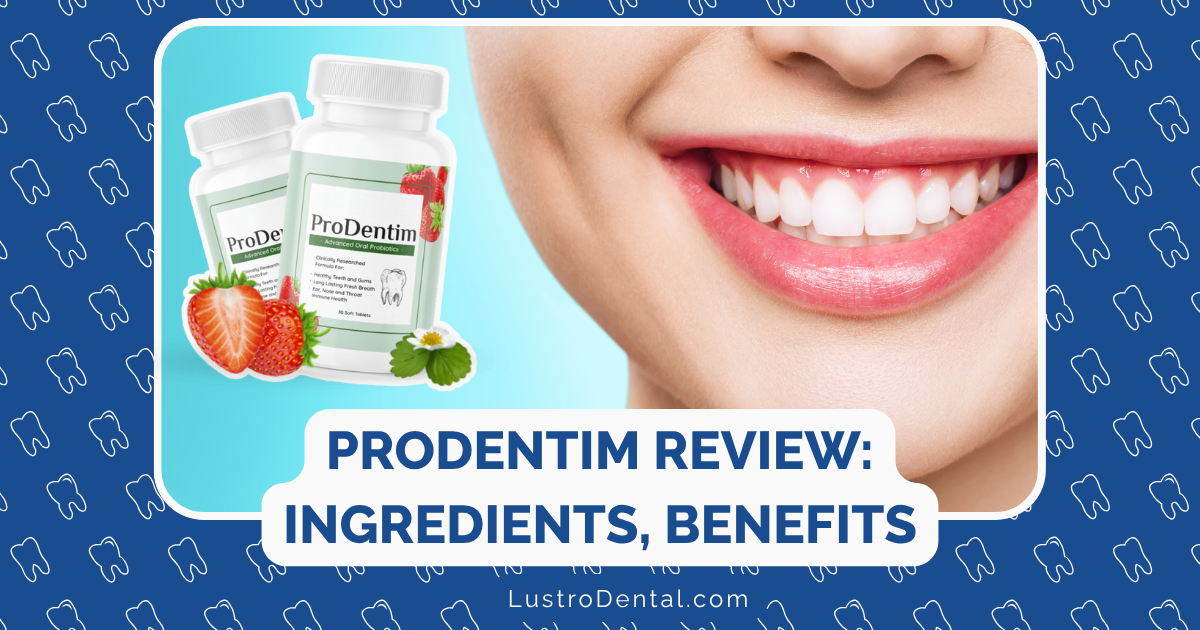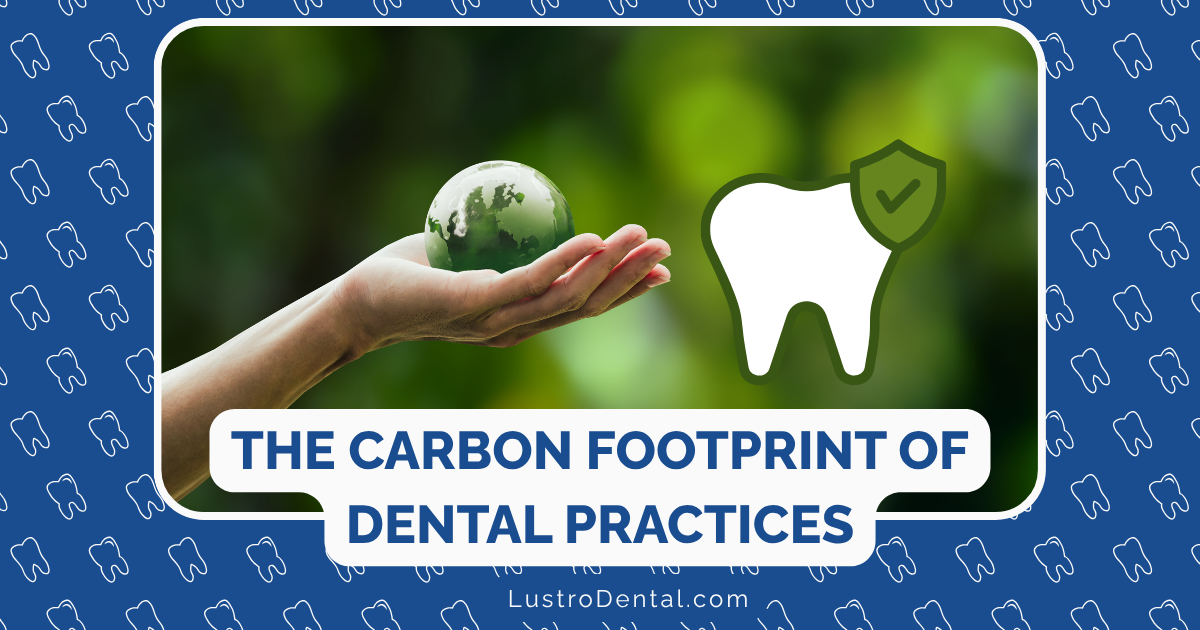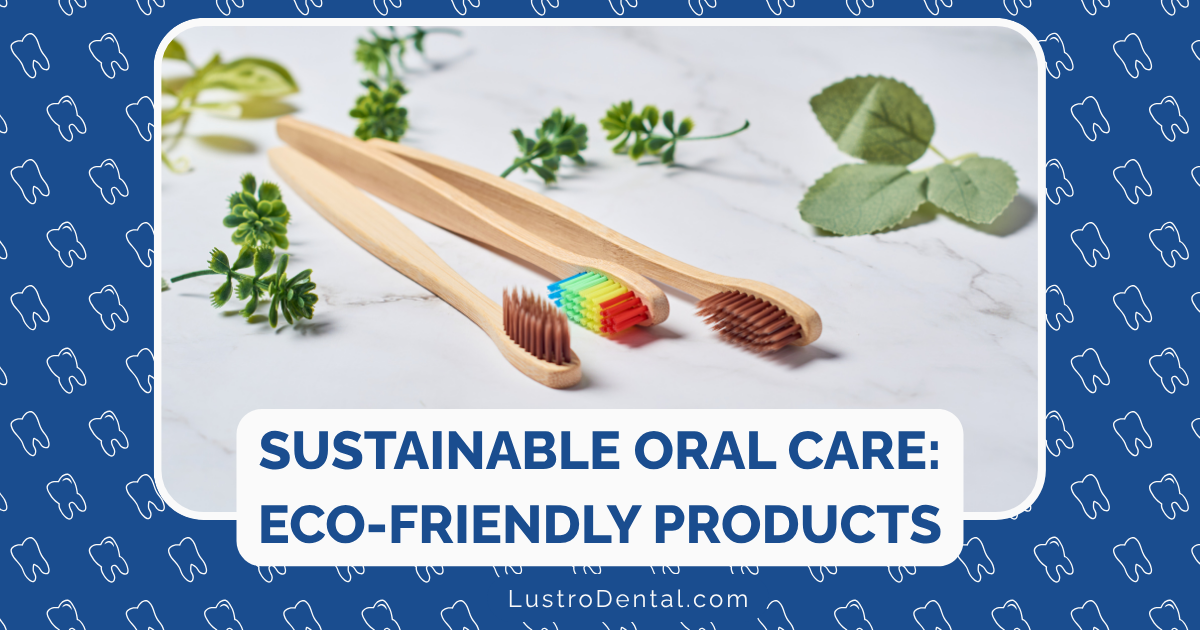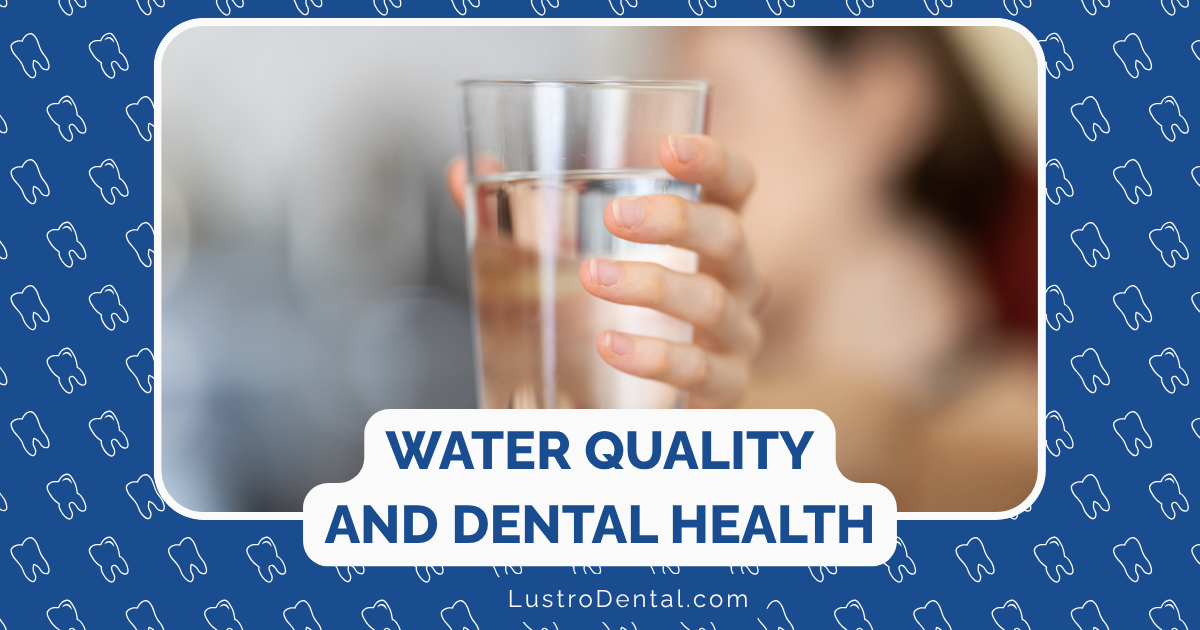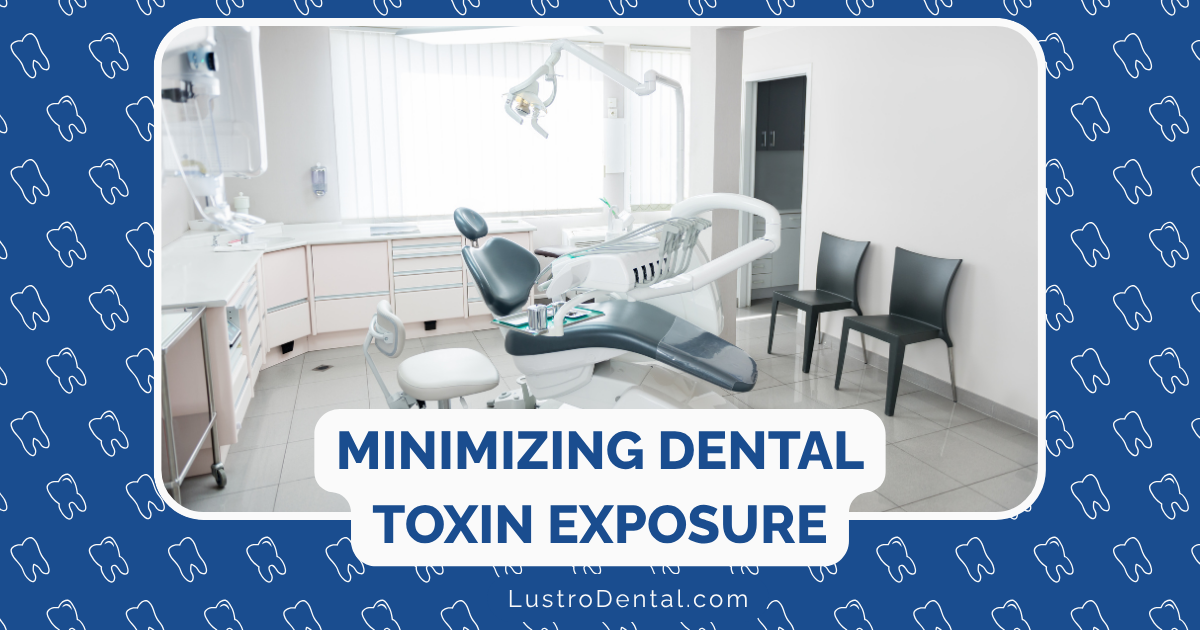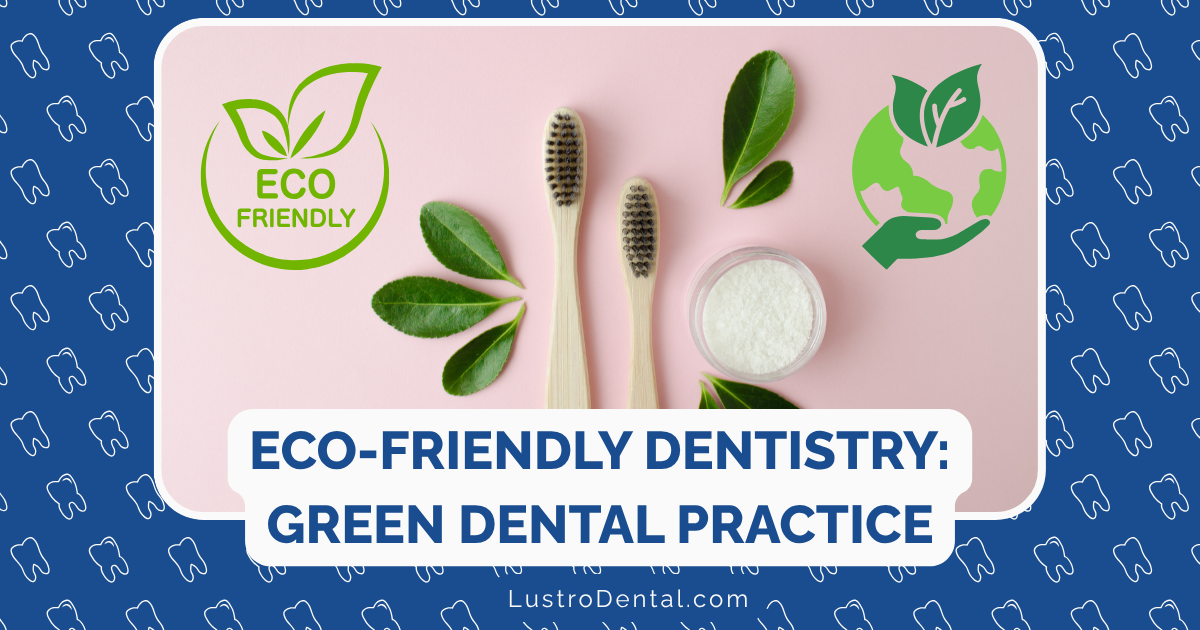The Safety Profile of Dental Ozone: What Patients Should Know
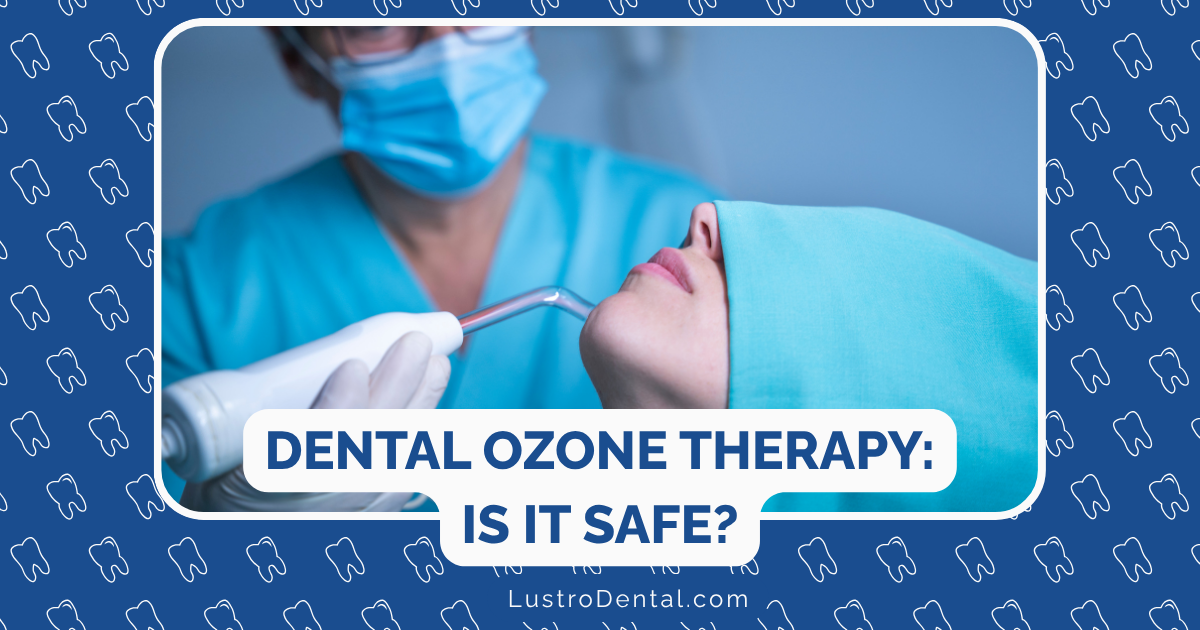
As patients increasingly seek natural, minimally invasive dental treatments, ozone therapy has emerged as an intriguing option in holistic and biological dentistry. This alternative approach utilizes ozone—a form of oxygen with three atoms (O₃) instead of the usual two—to treat various dental conditions. But with any treatment, especially one that isn’t mainstream, safety questions naturally arise.
If you’re considering ozone therapy for your dental needs or are simply curious about this treatment option, this comprehensive guide will help you understand its safety profile, potential risks, and what you should consider before proceeding.
Understanding Dental Ozone Therapy: The Basics
Before diving into safety considerations, let’s briefly review what dental ozone therapy involves. Ozone can be applied in dentistry in three main forms:
- Ozone gas: Applied directly to teeth or gums using specialized dental handpieces
- Ozonated water: Used for irrigation during dental procedures
- Ozonated oils: Applied topically to tissues for extended release
Dental applications include treating cavities, disinfecting root canals, managing periodontal disease, reducing sensitivity, and accelerating wound healing after surgical procedures.
The therapy works primarily through ozone’s powerful oxidative properties, which can destroy bacteria, viruses, and fungi by disrupting their cell membranes. This same mechanism also stimulates blood flow, enhances immune responses, and promotes tissue healing.
The Safety Profile: What Research Tells Us
When evaluating the safety of any dental treatment, it’s important to consider both the clinical research and real-world experience. Here’s what we currently know about dental ozone safety:
Potential Benefits of the Safety Profile
When properly administered by trained professionals, ozone therapy offers several safety advantages:
- Targeted application: Ozone can be precisely delivered to affected areas without impacting surrounding tissues.
- Natural substance: Ozone is essentially a form of oxygen that naturally reverts back to O₂ after use, leaving no harmful residues.
- Minimal side effects: Most patients experience few or no adverse effects when protocols are followed correctly.
- Reduced need for antibiotics: By providing powerful antimicrobial action, ozone may decrease reliance on systemic antibiotics for dental infections.
Dr. Sarah Johnson, a biological dentist who has incorporated ozone therapy into her practice for over a decade, notes: “When used according to established protocols by properly trained clinicians, dental ozone has an excellent safety record. Most of my patients tolerate it extremely well, often with fewer side effects than conventional treatments.”
Potential Risks and Side Effects
Despite its generally favorable safety profile when properly administered, ozone therapy is not without risks:
- Respiratory irritation: If accidentally inhaled, ozone can irritate the lungs and respiratory tract, potentially causing coughing, shortness of breath, or throat irritation.
- Temporary sensitivity: Some patients report brief discomfort or sensitivity in treated areas.
- Herxheimer reaction: In rare cases, patients may experience flu-like symptoms as bacteria die off rapidly.
- Oxidative stress: Excessive exposure to ozone could potentially cause oxidative damage to tissues.
- Embolism risk: Though extremely rare in dental applications, improper intravenous administration of ozone (not typically used in dentistry) has been associated with air embolism.
According to a 2025 review published in Dimensions of Dental Hygiene, the maximum safe concentration of ozone in the oral cavity during therapy is 0.01 ppm, with medical-grade ozone typically consisting of 0.1% to 5% ozone mixed with 95% to 99.6% pure oxygen.
Who Should Avoid Dental Ozone Therapy?
Not everyone is a suitable candidate for ozone therapy. Based on current medical understanding, ozone treatment is contraindicated for patients with:
- Pregnancy: Ozone therapy should be avoided during pregnancy due to insufficient safety data.
- Hyperthyroidism: Ozone may potentially interact with thyroid conditions.
- Glucose-6-phosphate dehydrogenase deficiency: This rare genetic condition increases sensitivity to oxidative stress.
- Recent myocardial infarction: Patients who have recently experienced a heart attack should avoid ozone therapy.
- Severe anemia: Ozone’s effects on red blood cells could potentially worsen anemia.
- Alcohol intoxication: Acute alcohol consumption may interact negatively with ozone therapy.
- Ozone allergy: Though rare, some individuals may have sensitivity to ozone.
- Bleeding disorders: Conditions that affect blood clotting may be exacerbated by ozone’s effects on blood.
Additionally, caution is advised for patients with:
- Asthma or respiratory conditions
- Autoimmune disorders
- Pacemakers
- Active hemorrhage from any organ
- Thrombocytopenia
Dr. Michael Chen, who researches integrative dental approaches, emphasizes: “Patient screening is absolutely critical before administering ozone therapy. A thorough medical history should be taken, and individuals with contraindications should be directed toward alternative treatments.”
The Regulatory Landscape: FDA Stance and Implications
One of the most important factors patients should understand is the regulatory status of dental ozone therapy. In the United States, the regulatory picture is complex:
FDA Position
The U.S. Food and Drug Administration (FDA) has not approved ozone therapy for dental or medical use. In fact, the FDA has issued warnings about ozone therapy, citing insufficient evidence regarding its safety and effectiveness. According to the FDA, ozone is classified as a toxic gas with no known useful medical application in specific, adjunctive, or preventive therapy.
As noted in an FDA document, ozone generators have not received clearance for dental applications, and the agency considers ozone potentially harmful if inhaled, with possible respiratory risks.
What This Means for Patients
The FDA’s position doesn’t necessarily mean that dental ozone therapy is dangerous when properly administered, but it does have several important implications:
- Insurance coverage: Most dental insurance plans will not cover ozone therapy since it’s not FDA-approved.
- Informed consent: Ethical practitioners should clearly inform patients that ozone therapy is considered experimental and not FDA-approved.
- Variability in practice: Without standardized FDA-approved protocols, there may be significant variation in how ozone therapy is administered between different dental practices.
- Limited recourse: If something goes wrong, patients may have limited legal recourse since the treatment is not FDA-approved.
Dr. Lisa Williams, a dentist who integrates conventional and holistic approaches, explains: “I believe in the benefits of ozone therapy when appropriately used, but I always ensure my patients understand its regulatory status. Transparency is essential for informed consent.”
Safety Comparison: Ozone vs. Conventional Treatments
To put ozone therapy’s safety profile in context, it’s helpful to compare it with conventional dental treatments that address similar conditions:
Root Canal Therapy
Conventional approach: Uses sodium hypochlorite (bleach) and other chemical irrigants to disinfect the canal.
- Risks: Potential for tissue irritation if irrigants extend beyond the root apex; allergic reactions; incomplete disinfection.
Ozone approach: Uses ozone gas or ozonated water for disinfection.
- Risks: Potential respiratory irritation if gas escapes; possible temporary sensitivity; contraindicated for certain medical conditions.
Periodontal Treatment
Conventional approach: Scaling and root planing, sometimes with adjunctive antibiotics or antiseptics like chlorhexidine.
- Risks: Antibiotic resistance; allergic reactions; temporary sensitivity; taste alterations with chlorhexidine.
Ozone approach: Ozonated water irrigation or direct gas application to periodontal pockets.
- Risks: Minimal tissue irritation; temporary discomfort; contraindicated for certain medical conditions.
Cavity Treatment
Conventional approach: Drilling and filling with various materials (amalgam, composite, etc.).
- Risks: Removal of healthy tooth structure; potential material toxicity or allergies; post-operative sensitivity.
Ozone approach: Ozone application to arrest early decay, potentially avoiding drilling in some cases.
- Risks: Incomplete treatment if decay is advanced; temporary sensitivity; contraindicated for certain medical conditions.
“What’s interesting about ozone therapy is that when used appropriately, it often has fewer side effects than many conventional treatments,” notes Dr. Robert Johnson, who practices integrative dentistry. “However, this doesn’t mean it’s right for everyone or every situation.”
Ensuring Safe Treatment: Questions to Ask Your Dentist
If you’re considering ozone therapy, asking the right questions can help ensure you receive safe, appropriate treatment:
1. Training and Experience
- What specific training have you received in dental ozone therapy?
- How long have you been using ozone in your practice?
- How many patients have you treated with ozone therapy?
2. Treatment Specifics
- What form of ozone will be used in my treatment (gas, water, oil)?
- What concentration of ozone will be used?
- What safety protocols do you follow to prevent inhalation or other exposure risks?
3. Your Specific Situation
- Given my medical history, am I a good candidate for ozone therapy?
- What alternatives should I consider if ozone isn’t appropriate for me?
- What results can I realistically expect from this treatment?
4. Regulatory Understanding
- I understand this treatment isn’t FDA-approved. What implications does that have?
- Will my insurance cover any part of this treatment?
- What written information can you provide about the benefits and risks?
Best Practices for Safe Ozone Therapy
For dental professionals offering ozone therapy, and for patients seeking to ensure they receive safe treatment, these best practices are essential:
For Dentists
- Proper training: Complete comprehensive training in dental ozone therapy before offering it to patients.
- Appropriate equipment: Use only medical-grade ozone generators designed for dental applications.
- Controlled environment: Ensure proper ventilation and use ozone destructors to prevent ambient ozone accumulation.
- Thorough screening: Carefully review patient medical histories for contraindications.
- Informed consent: Provide clear information about ozone’s regulatory status, potential benefits, and risks.
- Proper dosing: Adhere to established guidelines for ozone concentration and exposure time.
- Monitoring: Observe patients during and after treatment for any adverse reactions.
For Patients
- Research providers: Choose dentists with specific training and experience in ozone therapy.
- Full disclosure: Provide a complete medical history to your dentist.
- Ask questions: Don’t hesitate to inquire about safety protocols, alternatives, and expected outcomes.
- Start conservatively: Consider beginning with less invasive applications of ozone therapy.
- Report symptoms: Immediately inform your dentist of any unusual reactions during or after treatment.
The Future of Dental Ozone Safety
As research continues and technology advances, we may see developments that further enhance the safety profile of dental ozone therapy:
- Standardized protocols: More consistent guidelines for administration could improve safety across practices.
- Enhanced delivery systems: New technologies may provide more precise control over ozone application.
- Better monitoring: Advanced methods to measure tissue oxygenation and oxidative stress could help optimize treatment.
- Regulatory evolution: As evidence accumulates, regulatory perspectives may evolve.
Dr. Emily Thompson, a researcher studying integrative dental approaches, is optimistic: “We’re seeing more rigorous research on ozone therapy each year. As our understanding grows, I believe we’ll develop even safer, more effective protocols that may eventually lead to broader acceptance in mainstream dentistry.”
Making an Informed Decision
Dental ozone therapy occupies an interesting position in modern dentistry—showing promise in clinical practice while lacking full regulatory approval and standardization. This creates a situation where patients must be particularly diligent in their decision-making process.
When considering ozone therapy, weigh these factors:
- Your health status: Do you have any contraindications that would make ozone therapy unsafe for you?
- The specific application: Some uses of dental ozone have stronger evidence than others.
- Provider qualifications: The safety of ozone therapy depends heavily on the practitioner’s training and experience.
- Your comfort with regulatory status: Are you comfortable pursuing a treatment that isn’t FDA-approved?
- Alternative options: What other treatments might address your condition effectively?
“The most important thing is that patients make fully informed decisions,” emphasizes Dr. Johnson. “Ozone therapy can be a valuable tool when used appropriately, but it’s not a panacea, and it’s not right for everyone.”
Conclusion: Balancing Promise and Caution
Dental ozone therapy presents an intriguing option in the expanding field of integrative dentistry. When administered correctly by properly trained professionals, it appears to have a favorable safety profile for most patients, often with fewer side effects than some conventional treatments.
However, the lack of FDA approval, standardized protocols, and long-term studies calls for a measured approach. Patients should carefully consider their individual health circumstances, thoroughly research providers, and maintain open communication with their dental professionals.
By understanding both the potential benefits and limitations of dental ozone therapy, you can make an informed decision that best serves your oral health needs while prioritizing safety.
Have you experienced ozone therapy in a dental setting? What was your experience like? Share your thoughts in the comments below.
This article is for informational purposes only and does not constitute medical or dental advice. Always consult with qualified healthcare professionals regarding your oral health care.


